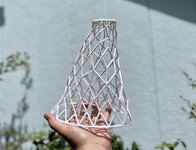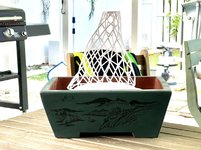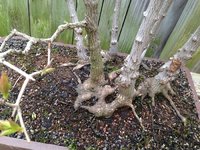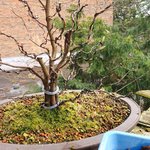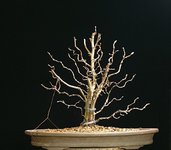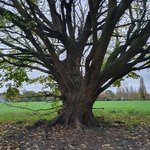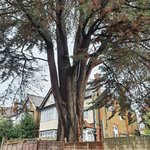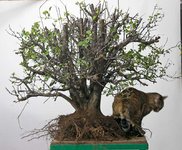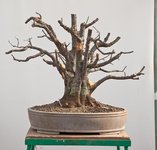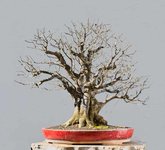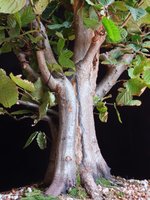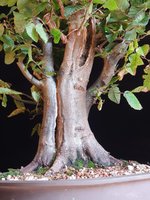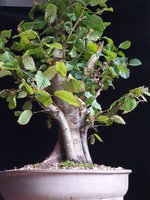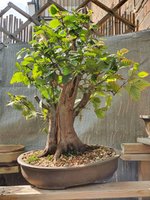onlyrey
Mame
Anyone tried 3D printing bonsai supports ? My new hobby is 3D printing and I am trying to somehow find a way justifying the cost of the printer, so this is one of them. Printables came up with a contest for 3D printed plant supports and I thought this may be a good application for it. Here is the page where I shared the models:
Printables 3D printed Bonsai Fusion Page (sharealike/free STL model files for 3D printing).
The supports are 8 x 8 x 5" but can be scaled (formal and informal versions). I printed this test in PLA, a part of me thinks that in the spring, and under initial growing conditions, the support in this material should survive enough to support the saplings while they retain the form (a few weeks). If PLA doesn't work, I'll try PETG, which is not biodegradable and lasts a lot longer. What are your ideas regarding these supports, and fusing saplings in general ? Also, if anyone has a bonsai fusion success photo you can share, I'd love to put it in the page, with of course attribution to the author.
Printables 3D printed Bonsai Fusion Page (sharealike/free STL model files for 3D printing).
The supports are 8 x 8 x 5" but can be scaled (formal and informal versions). I printed this test in PLA, a part of me thinks that in the spring, and under initial growing conditions, the support in this material should survive enough to support the saplings while they retain the form (a few weeks). If PLA doesn't work, I'll try PETG, which is not biodegradable and lasts a lot longer. What are your ideas regarding these supports, and fusing saplings in general ? Also, if anyone has a bonsai fusion success photo you can share, I'd love to put it in the page, with of course attribution to the author.

